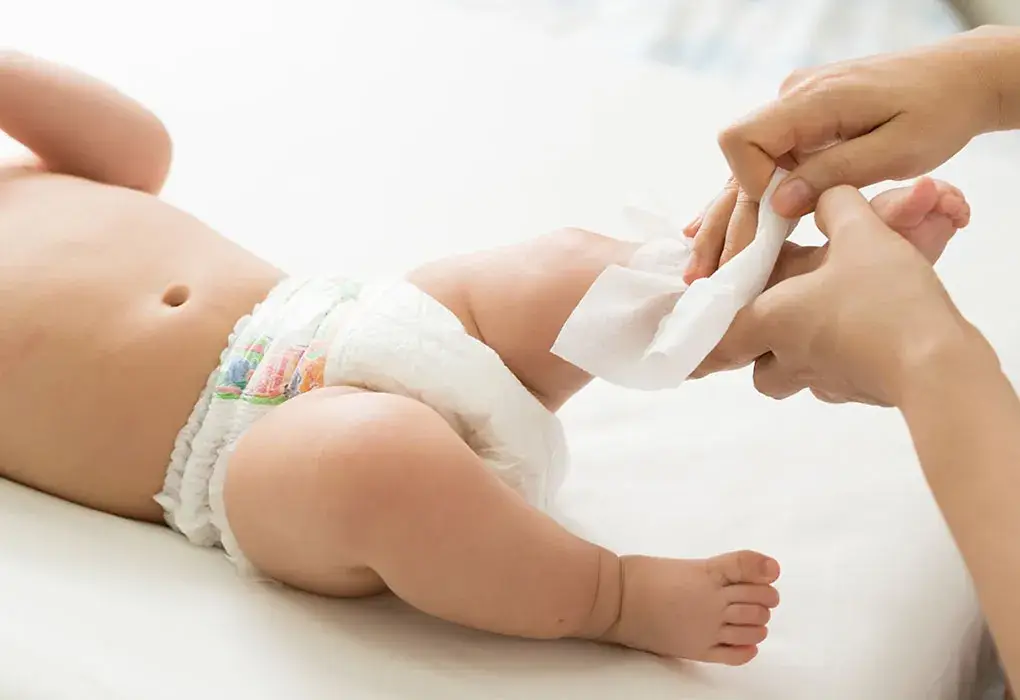How Many Times Should Diapers be Changed? This question often perplexes new parents as they navigate the world of diapering their little ones. Ensuring your baby’s comfort and hygiene requires understanding the optimal frequency for diaper changes. In this comprehensive guide, we will delve into the factors that influence diaper-changing frequency and provide valuable insights to help you establish a diaper-changing routine that keeps your baby happy and healthy.
Section 1: How Many Times Should Diapers be Changed?
When it comes to determining how often you should change your baby’s diapers, several factors should be considered, including their age, activity level, and the type of diaper you use. Here are some general guidelines to help you establish a suitable diaper-changing routine:
- Newborns (0-3 Months): Newborn babies typically require more frequent diaper changes, as they have a faster metabolism and produce frequent bowel movements. It is recommended to change their diapers every 2 to 3 hours or whenever they are wet or soiled.
- Infants (3-6 Months): As your baby grows, their diaper changing frequency may decrease slightly. Changing diapers every 3 to 4 hours, or as soon as they become wet or soiled, is generally sufficient during this stage.
- Older Babies (6 Months and Beyond): As your baby starts consuming solid foods and their bowel movements become more predictable, you may be able to extend the time between diaper changes. However, it is still important to check their diaper every 4 to 6 hours and change it promptly if it is wet or soiled.
Remember, these are general guidelines, and each baby is unique. Some babies may require more frequent diaper changes due to sensitive skin or increased urination. Observing your baby’s cues and maintaining good hygiene should always be the priority.
Section 2: How to Change a Diaper – Step-by-Step Guide
Changing a diaper may seem daunting at first, but with practice, it becomes a routine task. Follow these simple steps to ensure a smooth diaper-changing process:
- Gather Supplies: Before you begin, gather all the necessary supplies, including a clean diaper, baby wipes, diaper rash cream (if needed), and a changing pad or clean towel.
- Prepare the Changing Area: Lay your baby on a safe, flat surface, such as a changing table or a bed covered with a changing pad or towel. Ensure that the area is clean and free from hazards.
- Remove the Dirty Diaper: Carefully unfasten the dirty diaper, but keep it underneath your baby for a moment to prevent any mess. Use the front portion of the diaper to wipe away any excess waste.
- Clean the Diaper Area: Grab a baby wipe and gently cleanse your baby’s diaper area, wiping from front to back. Be thorough but gentle to avoid irritation.
- Allow the Area to Dry: Give the diaper area a few moments to air dry or gently pat it dry with a clean cloth. This helps prevent diaper rash and promotes healthy skin.
- Apply Diaper Cream (If Needed): If your baby has a tendency to develop diaper rash, apply a thin layer of diaper rash cream to protect their skin. Remember to consult with your pediatrician regarding the appropriate cream to use.
- Put on a Fresh Diaper: Slide a clean diaper underneath your baby and fasten it snugly but not too tight. Make sure the diaper fits properly around the legs and waist to prevent leaks.
- Dispose of the Dirty Diaper: Roll up the dirty diaper, secure it with the tabs, and dispose of it properly in a diaper pail or garbage bin.
Conclusion:
In conclusion, understanding “How Many Times Should Diapers be Changed” is crucial for maintaining your baby’s well-being and comfort. By following the guidelines provided and paying attention to your baby’s cues, you can establish a diaper-changing routine that meets their needs. Remember, every baby is unique, so trust your instincts and adapt as necessary. Embrace the diaper-changing moments as opportunities for connection and care, and enjoy the precious moments with your little one. Learn more


